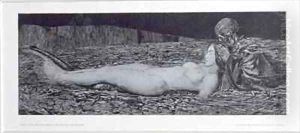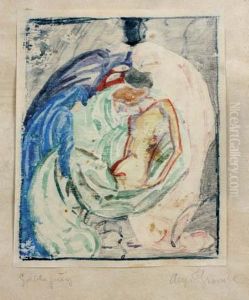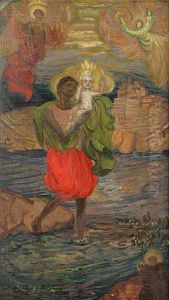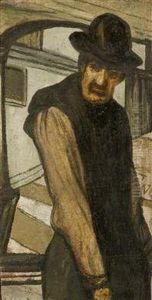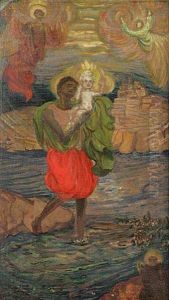August Bromse Paintings
August Brömse was a notable Czechoslovakian artist known primarily for his printmaking, especially in the technique of etching. Born on April 17, 1873, in the town of Deutschbrod, which is in present-day Czech Republic, Brömse was a part of the Austro-Hungarian Empire at the time of his birth. He belonged to the generation of artists that contributed to the development of modern Czech graphic art at the turn of the 20th century.
Brömse's artistic journey began with his studies at the Academy of Fine Arts in Prague from 1892 to 1896, where he was a pupil of Max Pirner, a painter known for his symbolist works. Following his time in Prague, Brömse furthered his studies in Munich, which was a significant cultural hub for artists during that period. His stay in Munich had a considerable impact on his artistic style and his dedication to printmaking.
In his work, August Brömse was heavily influenced by symbolism and art nouveau, which were dominant movements of the time. He also incorporated elements of expressionism, evident in his bold use of line and emotive subjects. His prints often depicted scenes of rural life, religious motifs, and allegorical themes, all rendered with a dramatic intensity and a sense of melancholy.
Brömse was also a member of the Hollar Association of Czech Graphic Artists, which played a pivotal role in the promotion of printmaking as an independent art form in the Czech lands. He was instrumental in elevating the status of graphic works alongside that of painting and sculpture.
Despite his significant contributions to Czech art, August Brömse remains less well-known internationally than some of his contemporaries. His work, however, is held in high regard by those familiar with Czech art from the early 20th century. August Brömse died on March 15, 1925, in Prague, leaving behind a legacy of prints that continue to be studied and admired for their technical skill and expressive power.
